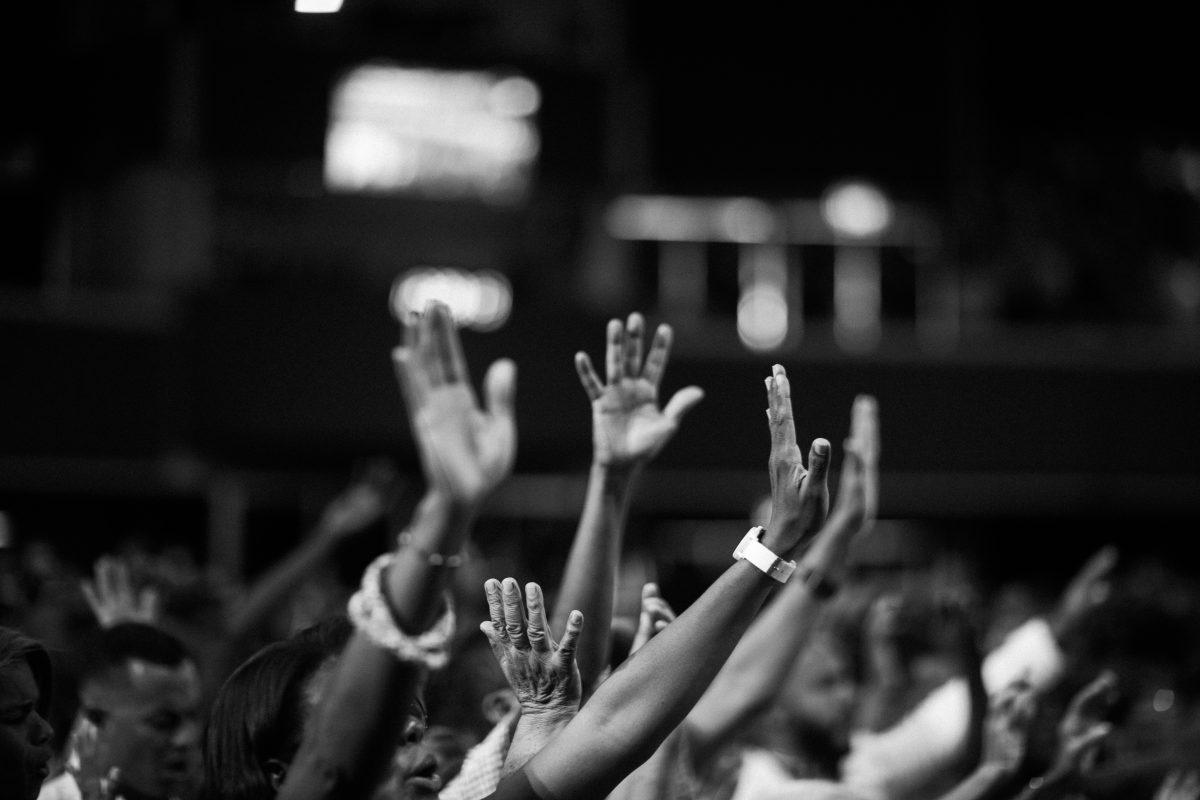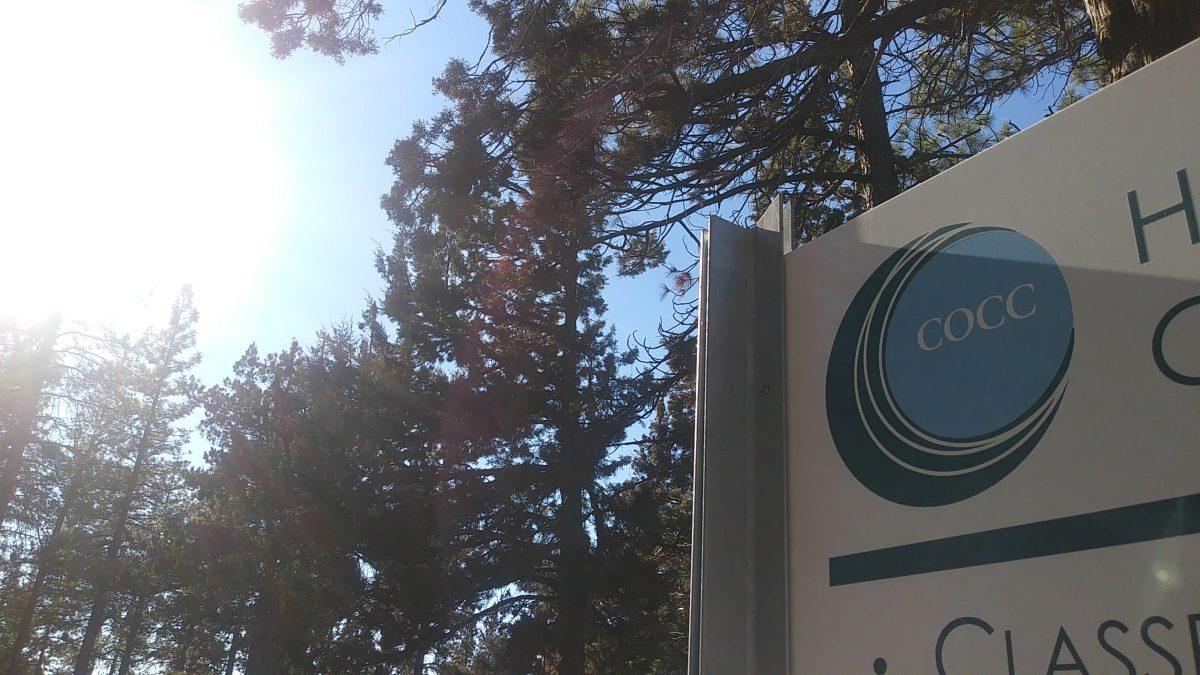The Tasty Possibilities are Endless
Don Iler
The Broadside
The world of beer can be intimidating these days. It used to be that one only had a choice between one watery domestic lager and another, but now even a visit to a convience store can leave one paralyzed with choice. Here’s a simple little guide to help you explore the daunting world of beer.
Ales and Lagers- Beers can be broken down into two basic styles, ales and lagers, depending on the type of yeast they use. Ale yeast ferments at a higher temperature and the yeast usually gathers at the top of the fermenting beer. It typically ferments anywhere from 60 to 75 degrees and is done fermenting in week or two.
Lager yeast likes to grow at colder temperatures, anywhere from 33 to 55 degrees. The word lager means to store in German, and these beers can take months to make as they were originally kept in underground cellars as they fermented.
Stouts and porters- Stouts and porters are ales that include roasted barley in their brew mash which imparts a dark color and flavor to the beer. Examples: Black Butte Porter, Guinness, Silver Moon Snake Bite porter.
India Pale Ales- An ale originally brewed in the nineteenth century with more hops and alcohol to survive the long voyage from Britain to India, this style is now incredibly popular in the Northwest. If you like hops and a lot of them, this is the beer for you.
Examples: Ninkasi Tricerahops, Green Flash IPA, Deschutes Inversion IPA
Hefeweizen- From the German words yeast and wheat, this traditionally cloudy ale is brewed with wheat and not just barley. German examples tend to be sweeter and maltier while American examples tend to be lighter.
Examples: Widmer Hefeweizen, Weihenstephaner Hefeweizen, Paulaner.
Trappist Ale- Belgian beer brewed by monks, it is typically strong, sweet and has a strong fruity taste. It is unfiltered and has yeast at the bottom of the bottle. If you got money to spend, and like beer that will mess you up quick, try this one.
Examples: Chimay, Rochefort
Pilsner- We’re not talking about Miller light here, but German and Czech style lagers that are incredibly popular over there. Named after the Czech town of Pilzn, these beers are light in color, dry in taste and have good hop aromas from the noble hops they use.
Examples: Pilsner Urquell, Bitburger Pils, North Coast Scrimshaw
Brown Ales- An ale that uses malt that is darker than a pale ale but lighter than a stout. Typically mild, flavorful, and sweet, it’s a good beginners beer.
Examples: Newcastle Brown Ale, Deschutes Buzzsaw Brown
Dark Lager- Descendents of an ancient German lager that used dark malts with lager yeast in the brewing process, they have much of the dark flavor without the thickness of stouts. They are characterized by smoothness, lightness and easy drinking.
Examples: Kostrizer Schwarzbier, Monschhof Schwarzbier, Session Dark Lager
American Adjunct Lager- This is probably the first beer you ever had, and might be the one you buy this Friday night. An American lager that uses corn and rice along with barley in the malt, it is a light, easy drinking, and flavorless beverage that tastes great at a house party, on a hot day or when you’re nineteen. Who cares about taste when you just want to get laid.
Examples: Budweiser, Miller, Pabst Blue Ribbon, Rainier, Coors.
You may contact Don Iler at [email protected]








Azucena Silcott | Apr 15, 2011 at 3:28 pm
There is apparently a bundle to identify about this. I suppose you made certain good points in features also.
Azucena Silcott | Apr 15, 2011 at 3:28 pm
There is apparently a bundle to identify about this. I suppose you made certain good points in features also.